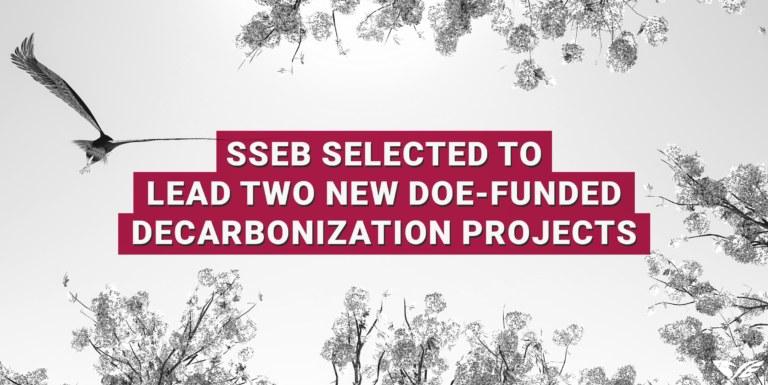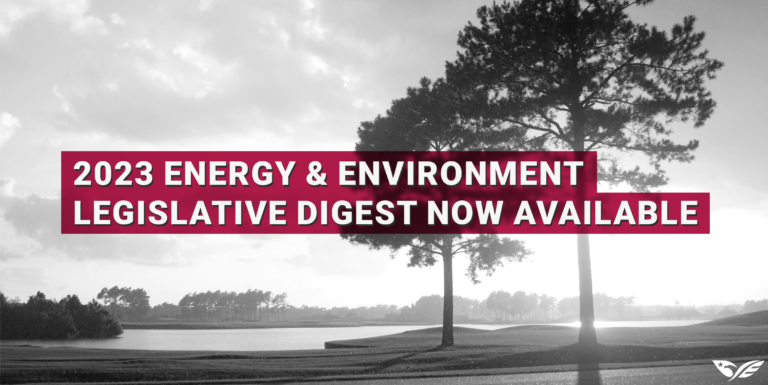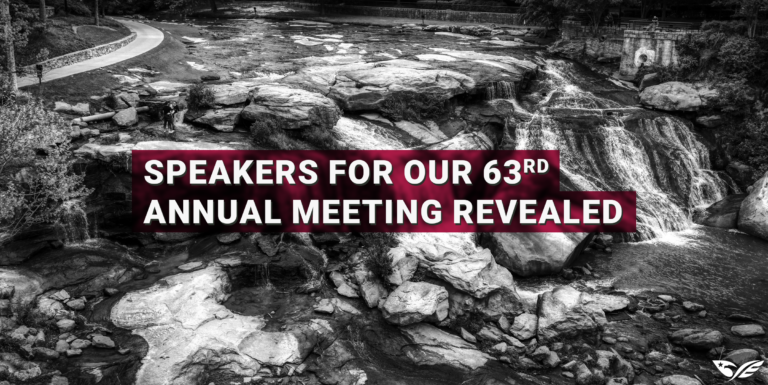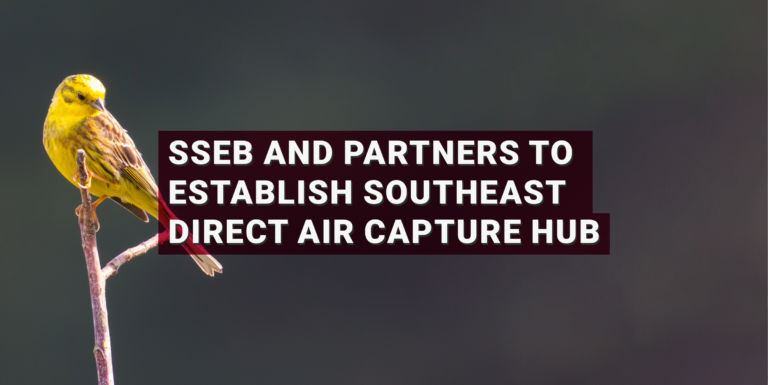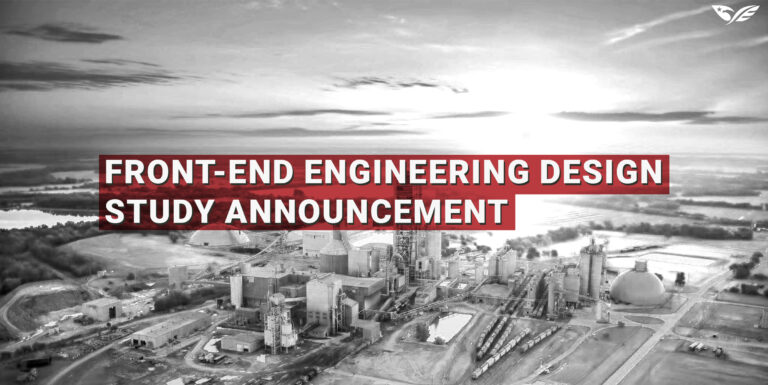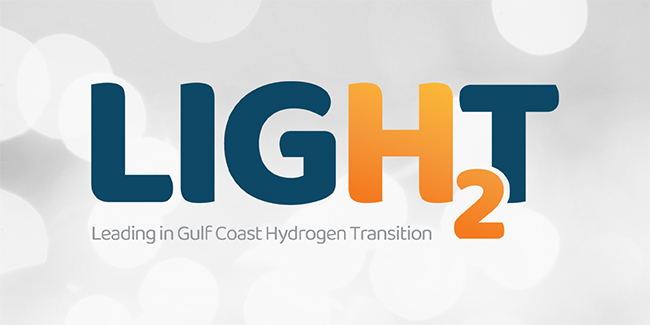SSEB Selected to Lead Two New DOE-funded Decarbonization Projects
Yesterday, the Department of Energy’s Office of Fossil Energy and Carbon Management announced the selection of the Southern States Energy Board to lead two separate projects sharing the goal of industrial decarbonization. The two projects, Project ACCESS and the Tri-State CSS Hub, are described below. Atlantic Coast CO2 Emissions Storage Sink (Project ACCESS) In collaboration…

